Architecture in Salvador da Bahia
Whether you find yourself in a gigantic metropolis, market town or tiny village in the middle of nowhere, wherever mankind has travelled, the buildings they leave behind are like footprints, reflecting their story. The design of a place really does tell us something about its past, present and in some cases, its future. Architecture in Salvador da Bahia in Brazil is a classic example of this, as it is a city characterised by a patchwork of cultures that has quite the tale to tell. Read on as we peel back the layers of this vibrant, coastal city, and former capital of Brazil.
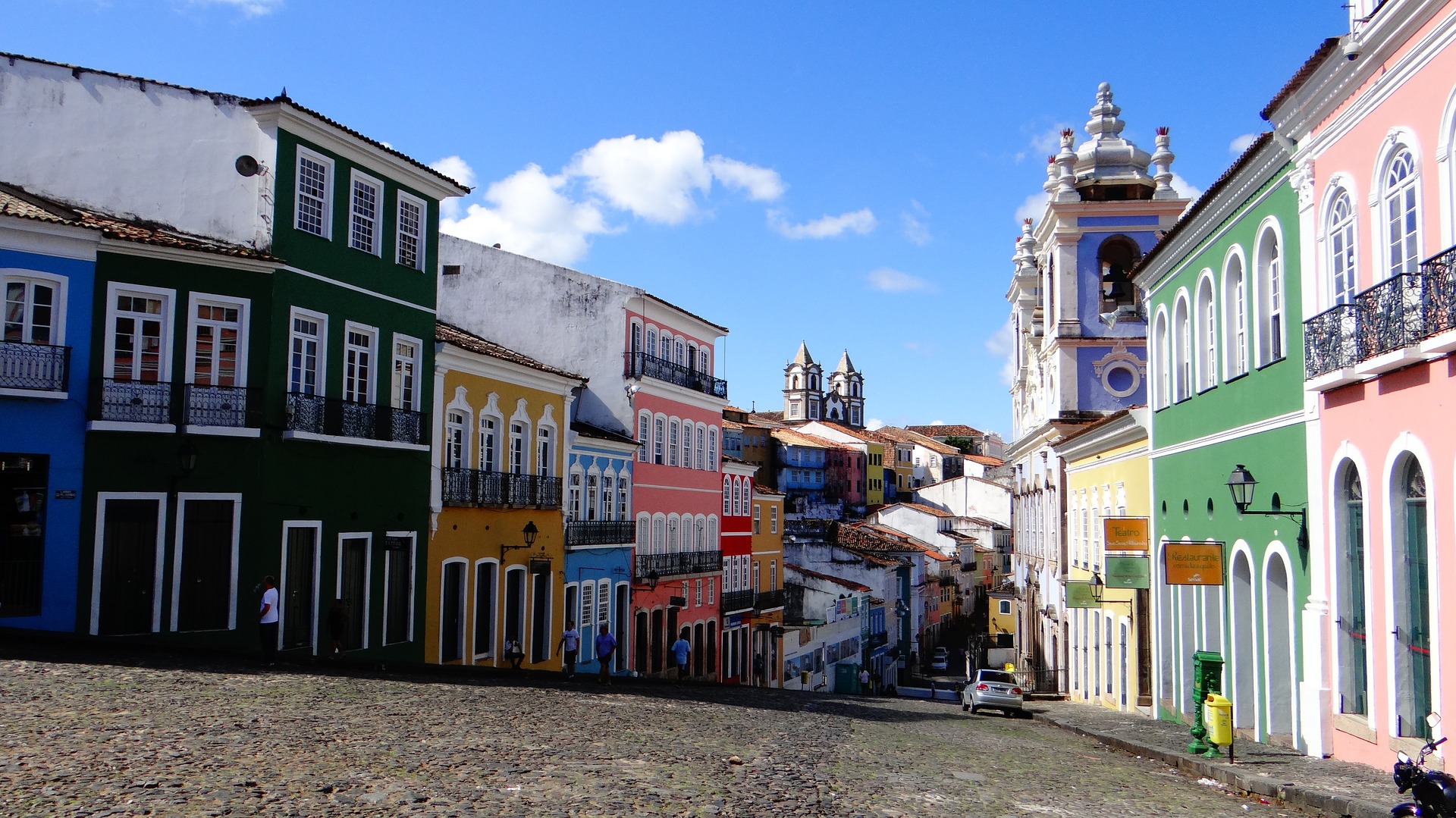
Pelourinho (Pixabay)
Pelourinho: Colonial architecture in Salvador da Bahia
The history of Salvador must be taken into consideration when looking at the city we see today, which served as the main port and capital of Brazil for two centuries (1549-1763). Observing the ornate architecture of Pelourinho, the Old Town, brings mixed emotions with it as, while the buildings are certainly beautiful to look at, they were constructed by the hands of slaves brought over from Africa, since Salvador played a major part in Brazil’s infamous slave trade. The name Pelourinho itself translates into English as ‘pillory’, as this was also where slaves would be punished.
Pelourinho has been carefully preserved over the centuries and is today a UNESCO World Heritage Site, a fine example of colonial architecture, among the best in the world, in fact. Quaint cobbled streets are wedged between pretty period buildings, painted all the colours of the rainbow complete with sweet balconettes, as well as gilded churches. The baroque Igreja e Convento de São Francisco, for example, is a sparkling sight to behold inside, while the grand Palacio de Rio Branco, once used as a government building, is steeped in history. After suffering from various bombardments, fires and demolitions, it has had several facelifts over the last couple of hundred years, making it a fascinating place to observe. Then, if you’d like to stay in a building awash with history, the Fera Palace Hotel is a superb choice of accommodation in this area, fusing many aspects of the city’s heritage together in an elegant fashion.
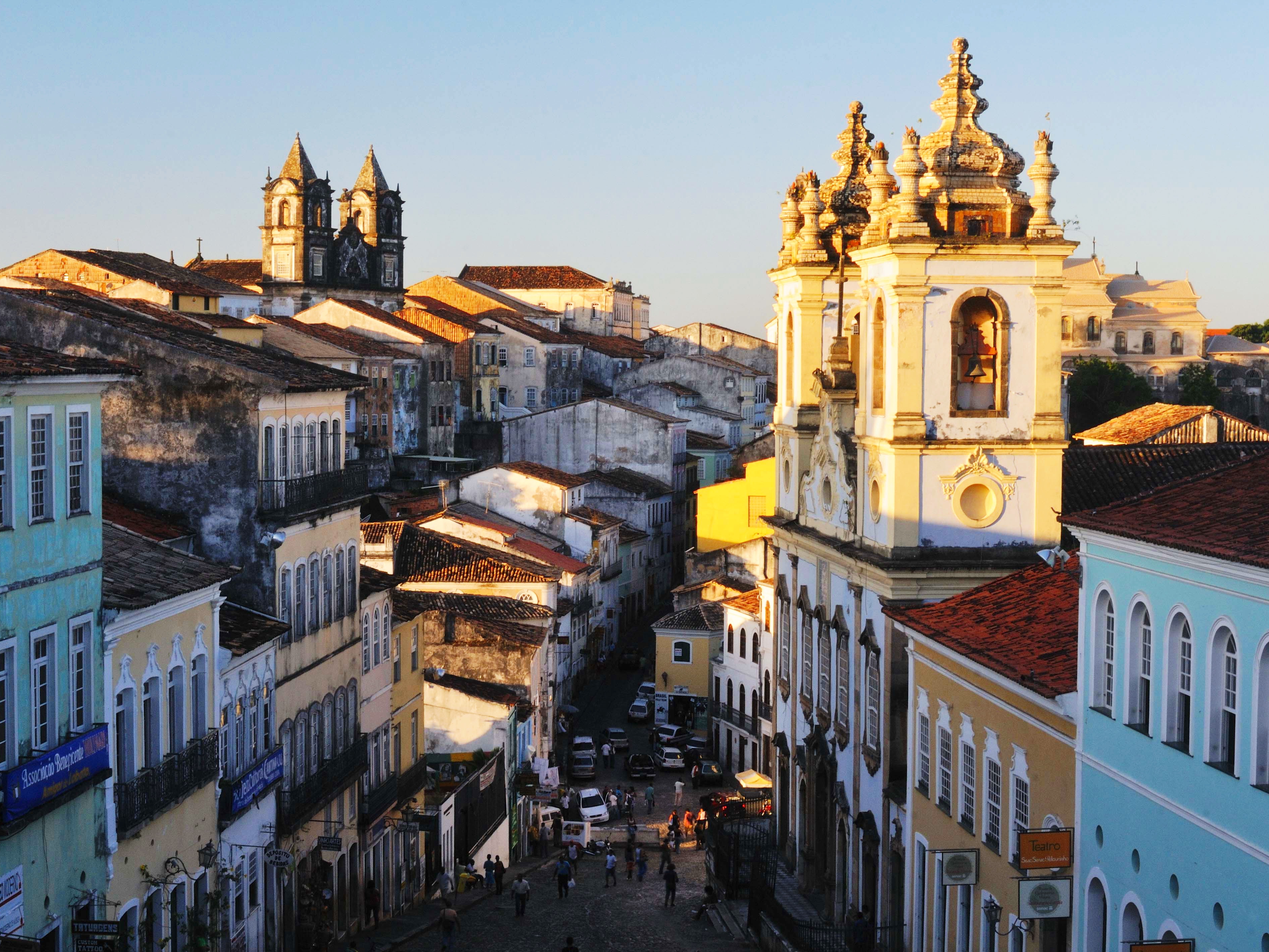
[M M / “Brasil“] [CC BY-SA 2.0]
Elevador Lacerda
With Salvador da Bahia split into two parts – upper and lower sections – what better way to connect the two than with an elevator? Erected in the mid to late 1800s, the Elevador Lacerda is not only functional but a fantastic example of Art Deco design thanks to additional work to perfect it in the first half of the 20th century. Standing at 72m high, you can get from top to bottom in less than a minute and, as you whizz up and down, you will be treated to fabulous views of the city.
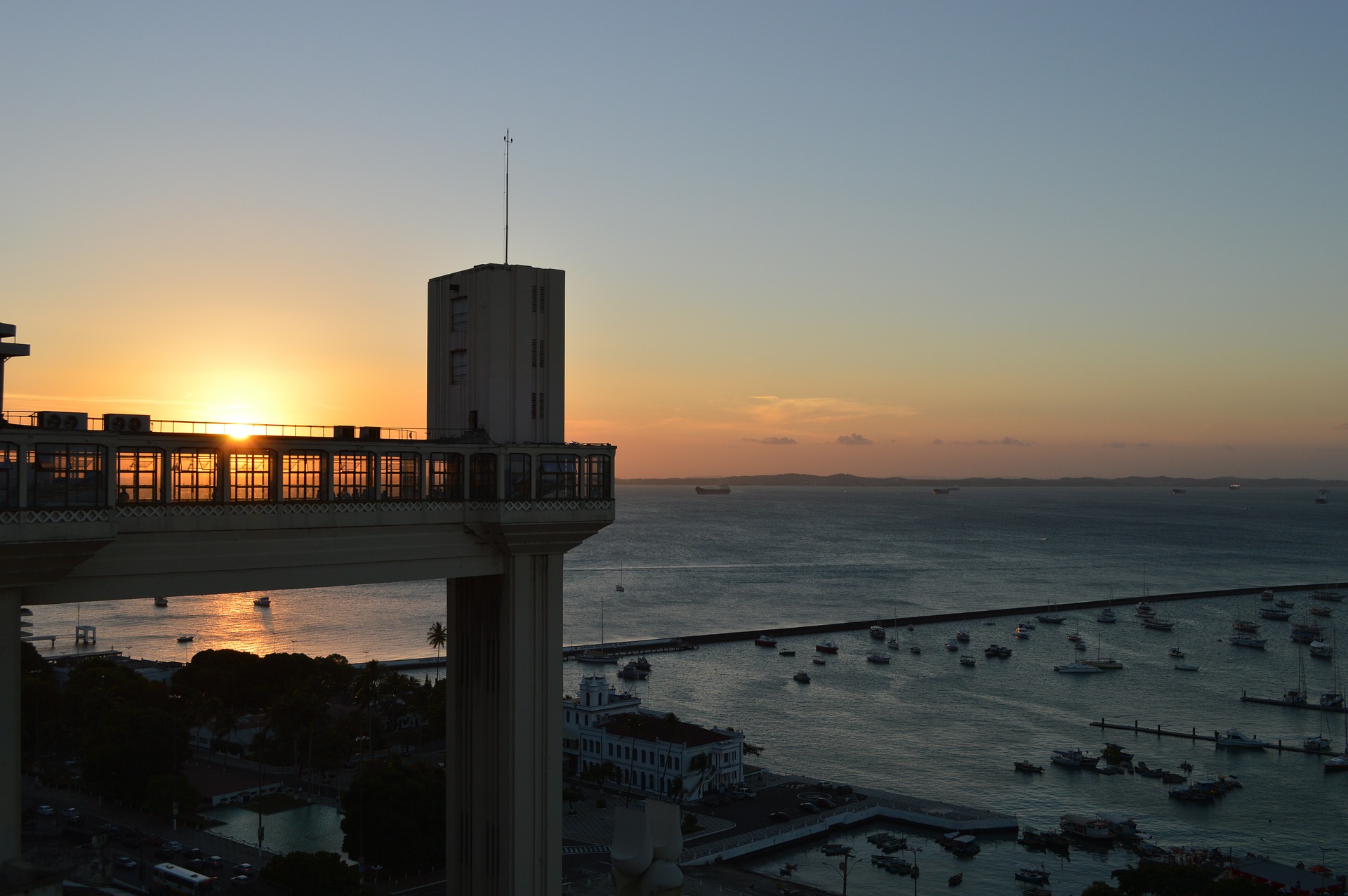
Lacerda elevator (Pixabay)
Barra Lighthouse
No matter where they are in the world, there’s something about lighthouses that draws people to them, and Farol da Barra at the Santo Antonio Fort is no different. This is the oldest lighthouse in South America, for which it attracts many visitors year-round. Exploring this piece of nautical architecture provides enviable views of the coastline stretching off into the distance, and the adjacent museum is an excellent addition, full of enlightening information about the region’s history.
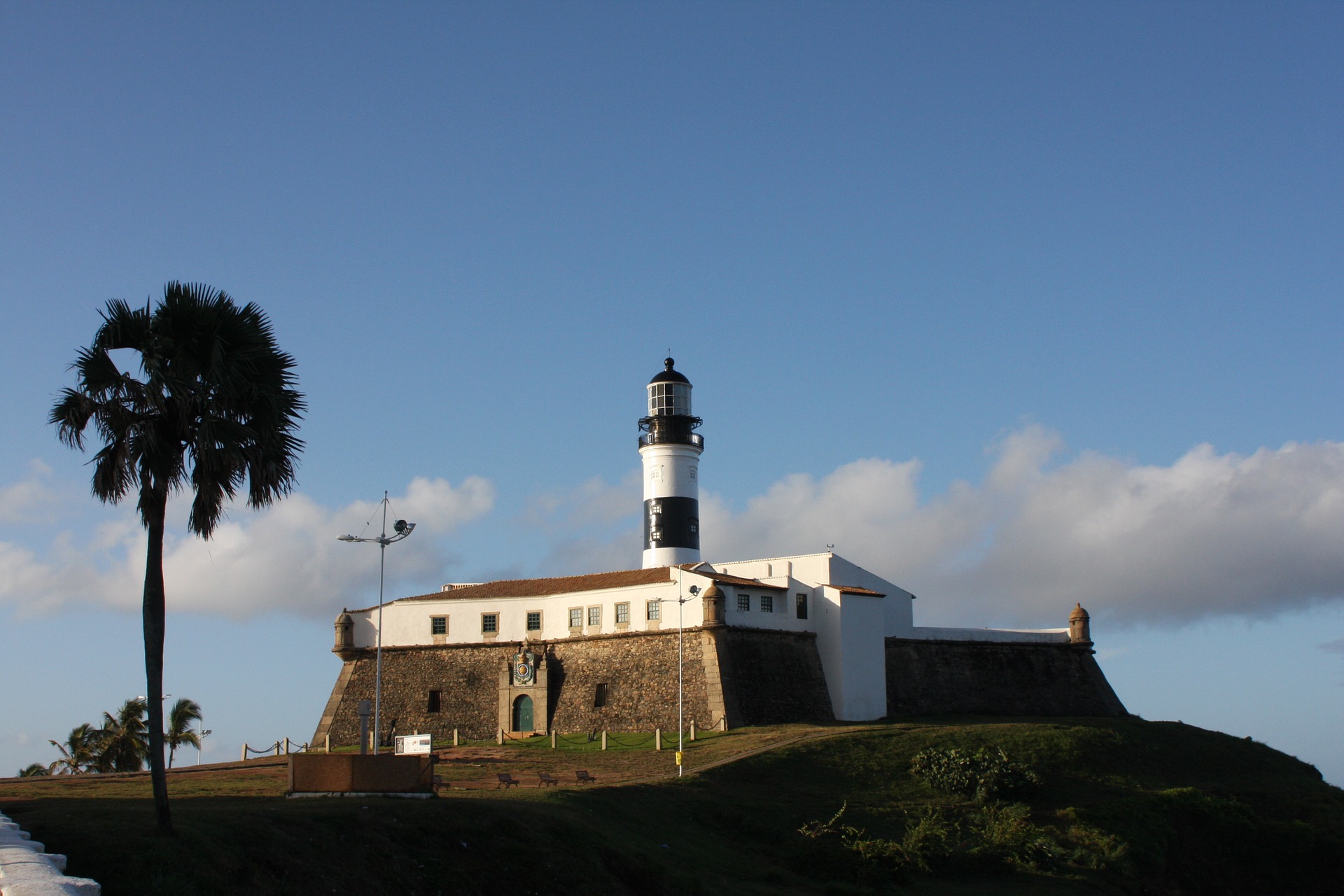
Farol da Barra (Pixabay)
Places of worship in Salvador da Bahia
With Brazil being home to over 130 million Catholics, more than any other country in the world, it comes as no surprise that spectacular churches of all shapes and sizes are scattered throughout the city of Salvador. The Catedral Basilica de Salvador is as imposing and ornate as any major cathedral in the world: vast ceilings, golden chambers and exceptional pieces of art, all painstakingly preserved, are just some of this beautiful building’s highlights. Located on the Terreiro de Jesus plaza, it is easy to incorporate a visit to the cathedral as part of your tour of the city. Then, not far from the cathedral you will find the Igreja da Ordem Terceira de Nossa Senhora do Rosário dos Pretos, a church that was built over the course of a hundred years by slaves during the night-time, when they weren’t working on the sugar plantations. Easy to find thanks to its pretty pastel blue façade, this church is a powerful insight into Salvador’s social history as well as housing some wonderful works of art and sculptures. Whether you are a practising Catholic or not, attending a mass here is quite the experience, as elements of Bahia’s Candomblé religion are intertwined with everyday elements of Catholicism.
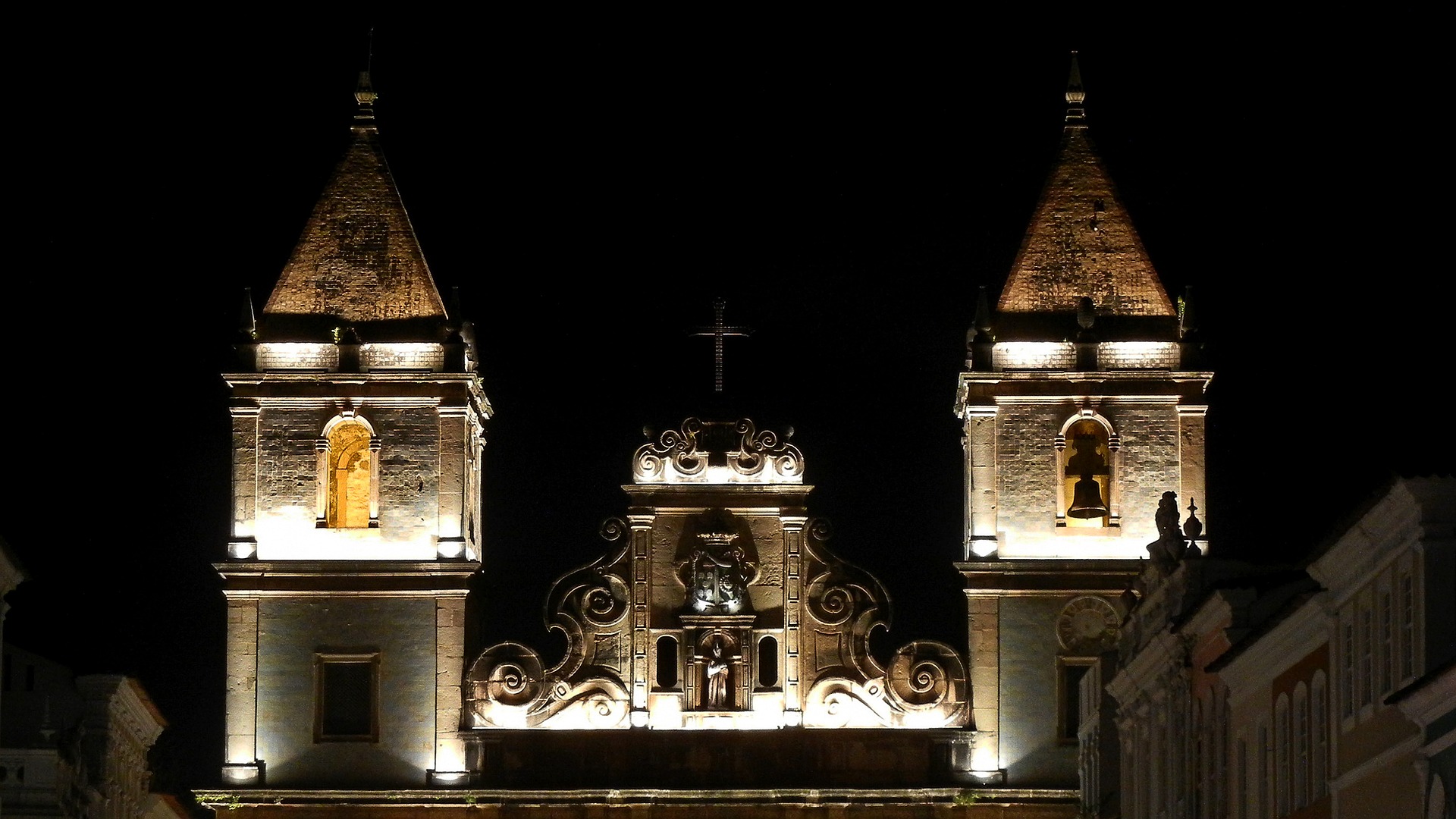
Church (Pixabay)
Casa do Comerico
Salvador is not just filled with colonial architecture – there are many examples of modern-day buildings to feast your eyes on. Built in the late 1980s, the Casa do Comercio (‘Commercial House’) is a work of art in itself. Boxed floors shoot out at an angle and feature glistening floor-to-ceiling windows, along with greenery spilling over the edges wherever possible. Unlike many buildings that sprung up during the 1980s, the Casa do Comercio is by no means dated and is still very much part of the city’s everyday life, including a theatre and restaurant that affords its guests panoramic views as they dine.
So, along with its golden beaches, bustling markets and colourful carnivals, if you are planning a trip to Salvador da Bahia be sure to take some time to really appreciate the many unforgettable buildings that help paint the picture of this historic South American city. Check out our Brazil template tours and start personalising your own trip, picking and choosing the hotels, activities and more using our trip-building tool. Or, get in touch with us by calling 1 866 978 7398 (US/CA) 080 8189 0438 (UK) – and we’ll start planning your Brazil holiday today!

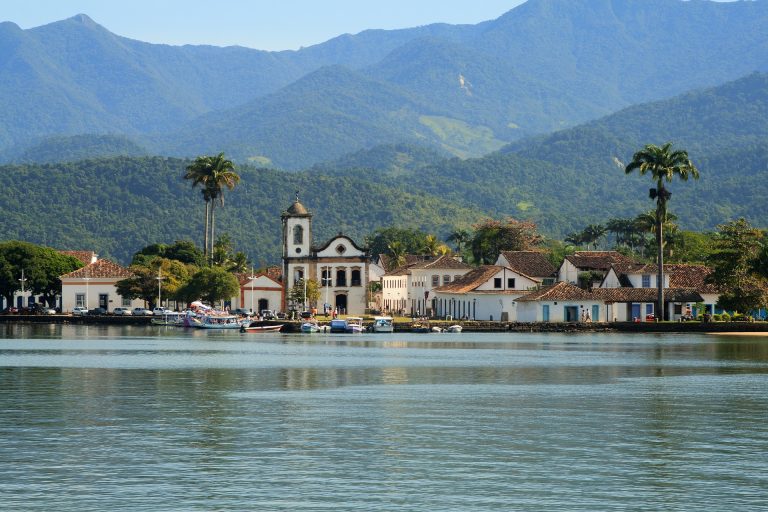
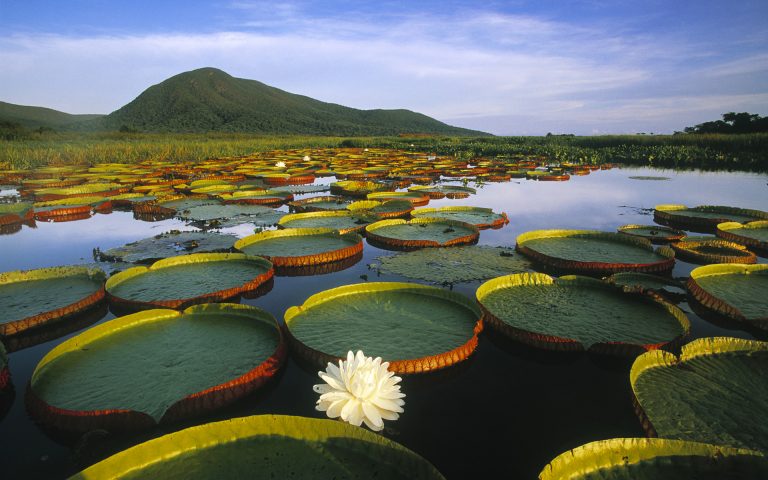
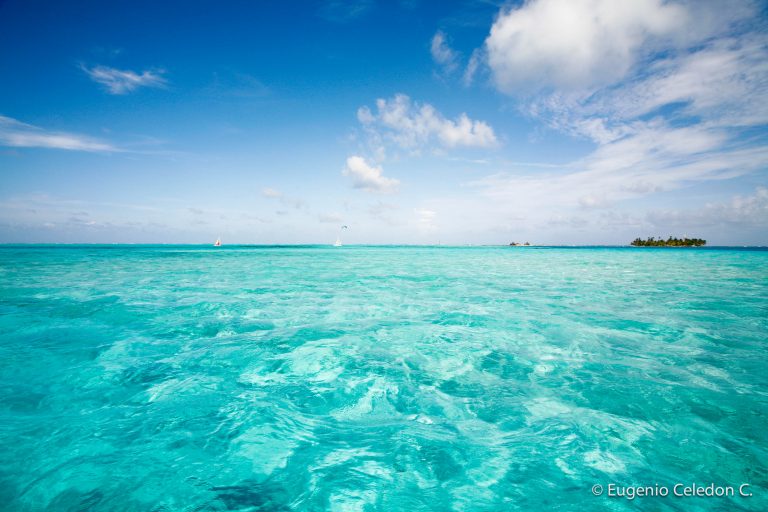
Leave a Comment
You must be logged in to post a comment.